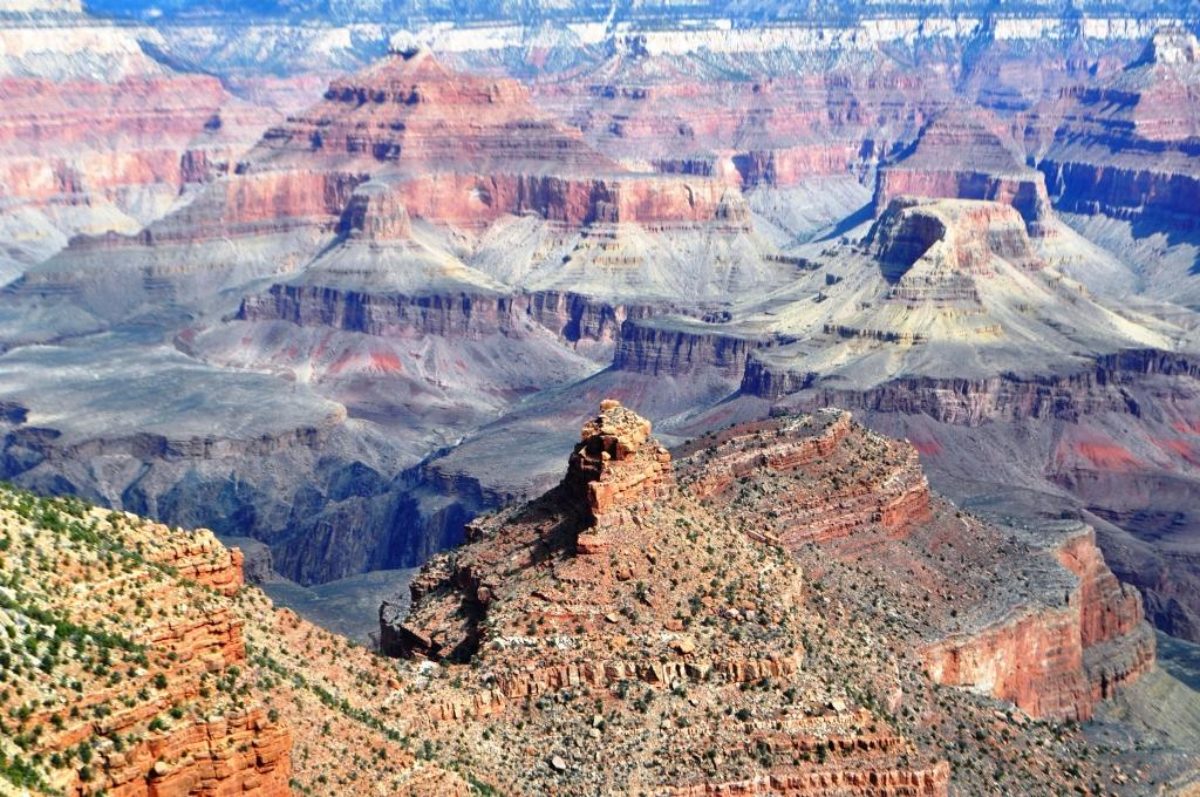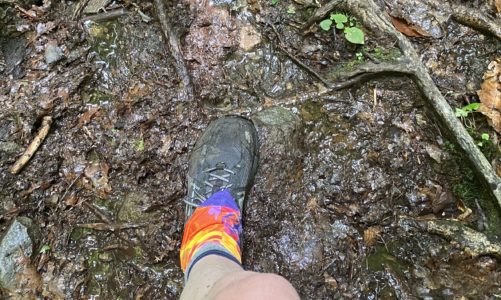Altitude sickness is caused by the fact that the higher the elevation, the lower the air pressure; hence, the less oxygen you take in with every breath. Early symptoms include shortness of breath, even when only lightly exerting, as well as headaches and nausea. Ignoring these symptoms or continuing despite them can lead to more symptoms — dizziness, confusion, lack of coordination, and staggering — followed by full-blown AMS. In the late stages, potentially fatal pulmonary and cerebral edemas can occur.
Danger Zones for Altitude Sickness
Hikers and climbers on adventure travel trips frequently ascend high above sea level. Examples of popular high altitude treks include trekking the Inca Trail in Peru, climbing any of East Africa’s volcanoes, trekking in Nepal and Bhutan, glacier skiing in Europe, hiking in much of Colorado, California, and Wyoming, and climbing the Pacific Northwest and Mexican volcanoes. It is also a possibility when ascending via car, train, or even ski lift.
Symptoms of Altitude Sickness
The first rule of high elevations is to “Blame it on the altitude.” This means that travelers to alpine areas above 8,000 feet should assume any maladies or irregularities they are experiencing are due to altitude. If something is wrong up high, don’t pass it off as “allergies,” “jetlag,.” or”something you ate.” It’s probably altitude related, and if it is, it needs to be dealt with.
Common early symptoms of altitude sickness are headaches and nausea. These are warnings that the body is not getting enough oxygen. With mild symptoms, sometimes all that is needed is a rest day, which gives the body a chance to acclimate. Most people can acclimate to the kinds of elevations common on alpine adventure travel vacations (10,000 to 16,000 feet; sometimes more) if given enough time. In fact, time to acclimate is the number one way to prevent altitude sickness -– and lack of time to acclimate is the number one cause of it.
Often, simply taking a rest day is enough to solve the problem. The body adjusts and the traveler moves onwards and upwards. But if symptoms persist or increase, afflicted travelers should go downhill until they feel better.
Who is at Risk of Altitude Sickness?
The short answer is that anyone can be at risk, even people who have successfully climbed to high elevations in the past. People who live at sea level are especially vulnerable when they change altitudes too quickly, for example, when flying from sea level to a high-altitude town or ski area. In addition, people who are elderly, frail, chronically ill, or who have breathing problems are especially at risk.
It is impossible to say at precisely what elevation a trekker may feel the effects of altitude. Many factors influence travelers’ responses to altitude, including overall fitness, the length of time travelers have been at altitude, whether the travelers are adequately hydrated, and how slowly (or quickly) they have been ascending. Further confusing the picture is the fact that the same hiker may do the exact same trip twice in a row – and might respond differently each time.
Many travelers who live at sea-level feel some shortness of breath at higher elevation ski areas (around 8,000 feet), such as those in Colorado or the Alps, or while driving scenic mountain roads over high passes. Most healthy adults adjust easily to altitudes of less than 10,000 feet, although it may take a few days to get up to full speed.
Minimizing the Risk of Altitude Sickness
Above 10,000 feet, the standard recommendation is that trekkers try to gain no more than 1,000 feet of net elevation per day. Following the mountaineer’s dictum of “Climb high, sleep low,” climbers often hiker higher during the day, which helps acclimatization, then return lower to sleep. If you fly to a high altitude town from which you plan to start your trek, take a couple of rest days to get used to the elevation. This is not always possible, in which case, take rest days en route. Time is the most effective defense against altitude sickness: It allows the body to catch up with the altitude.
The second most important defense is adequate hydration: “A happy mountaineer pees clear.” Drink even when not thirsty; in cold dry weather, hikers are often unaware of incipient dehydration
Finally, there are medical drugs. If time is a problem (as it often is on guided adventure trips), talk to a doctor about the drug Diamox, which is used as a prophylactic. Be aware that it is a preventative, not a treatment: It must be taken before any symptoms arise.
With adequate planning, plenty of time and water, and an understanding of the symptoms and danger of AMS, altitude sickness is easily preventable.


